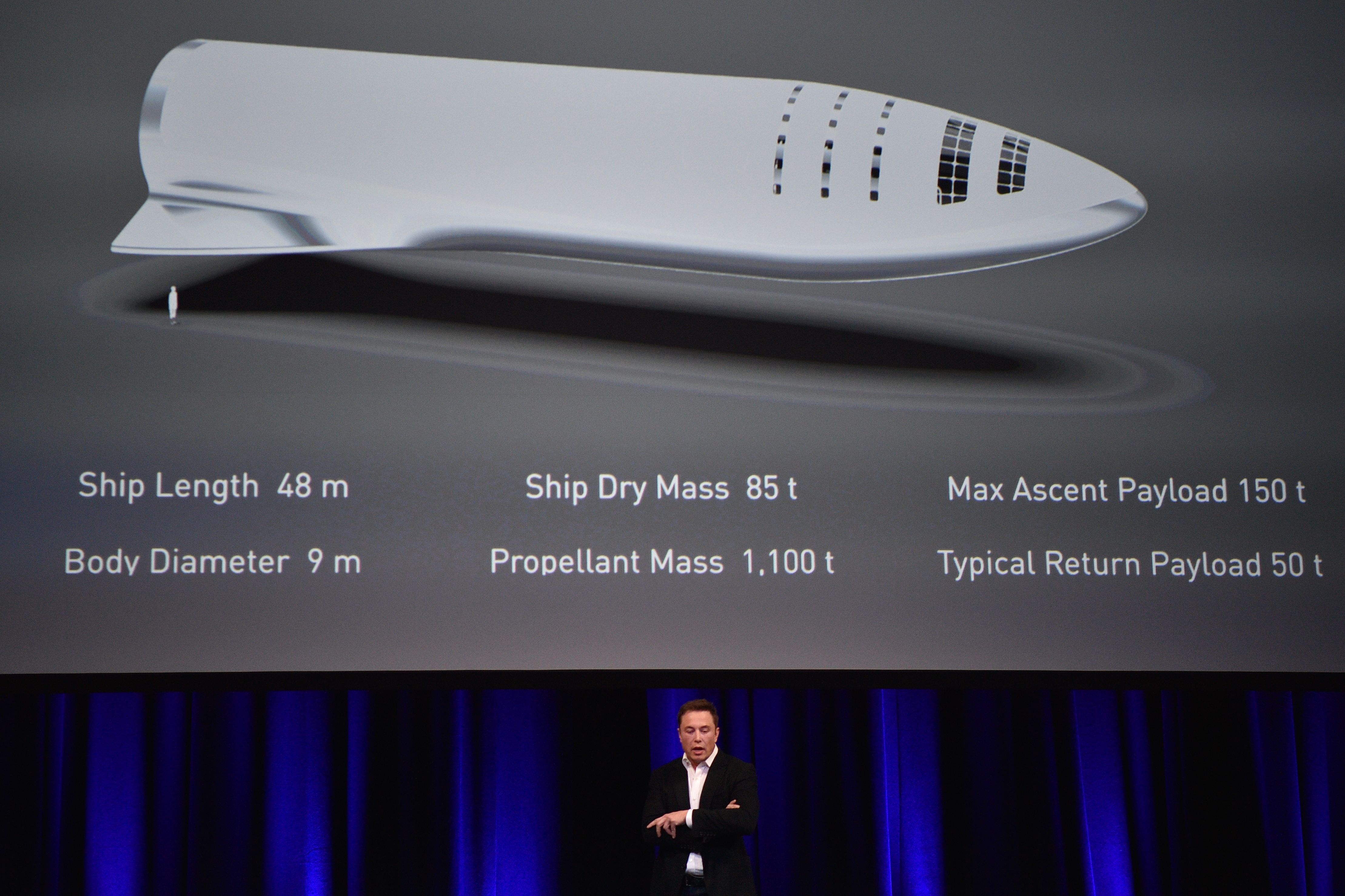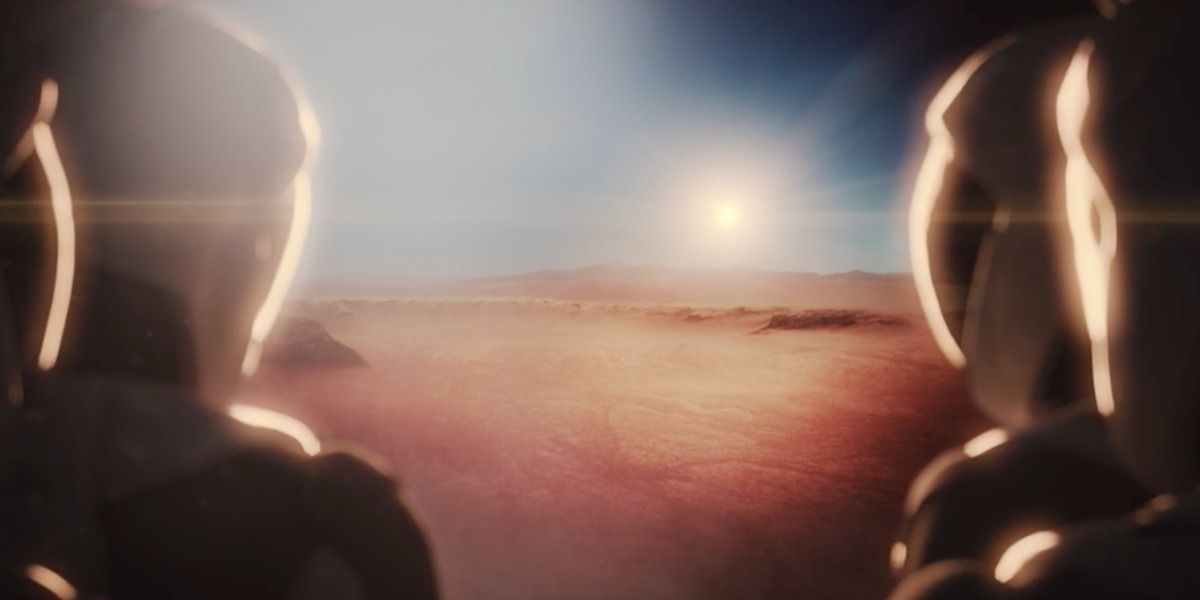Get the latest international news and world events from around the world.
The power of prosthetics
Artificial fingers for doing everything naturally.

Hover camera follows you and takes selfies
This flying camera drone will put your selfie skills to shame. Buy it here: https://amzn.to/2xvPgDp
This Device Could Produce Unlimited Clean Energy
Could this device produce unlimited clean energy?



We have hints of a theory beyond quantum physics
If you think our best theory of reality is weird you ain’t seen nothing yet, says physicist Ciarán Lee – it could be a fuzzy version of something bigger.
By Ciarán Lee
I HAVE a confession to make: I’m bored of quantum mechanics. This is an odd thing for a physicist to admit, but the most successful theory of modern physics has started to leave me cold. Perhaps I have just grown too used to its spooky predictions and its love of randomness. Or it might be the fact that, despite its many successes and the way it has captured popular imagination, there are hints that quantum mechanics isn’t as accurate a picture of reality as some would have you believe.

Scientists Investigate Bacteria That Could Make Oxygen for Future Martians
Between the dust storms, thin atmosphere, and frigid temperatures, future Mars colonists are going to have it rough. But they won’t even get a chance to battle the Martian elements unless we figure out a way to supply them with life-giving oxygen. It may seem impossible to do so organically on the barren red planet, but a new Science paper suggests a single Earth organism might be able to do the trick.
In the paper, published Thursday, an international team of researchers report that cyanobacteria, a huge family of tiny organisms that thrive in extreme environments, show promise as oxygen sources for future Mars colonists. Because they are photosynthetic, cyanobacteria thrive on carbon dioxide and energy from the sun, burping up oxygen as a byproduct — just like plants. They’re the ideal fresh air source for Mars, as long as they don’t demand too much sunlight.
“This might sound like science fiction, but space agencies and private companies around the world are actively trying to turn this aspiration into reality in the not-too-distant future,” said study co-author and Australian National University Emeritus Professor Elmars Krausz, Ph.D., in a statement published Wednesday.